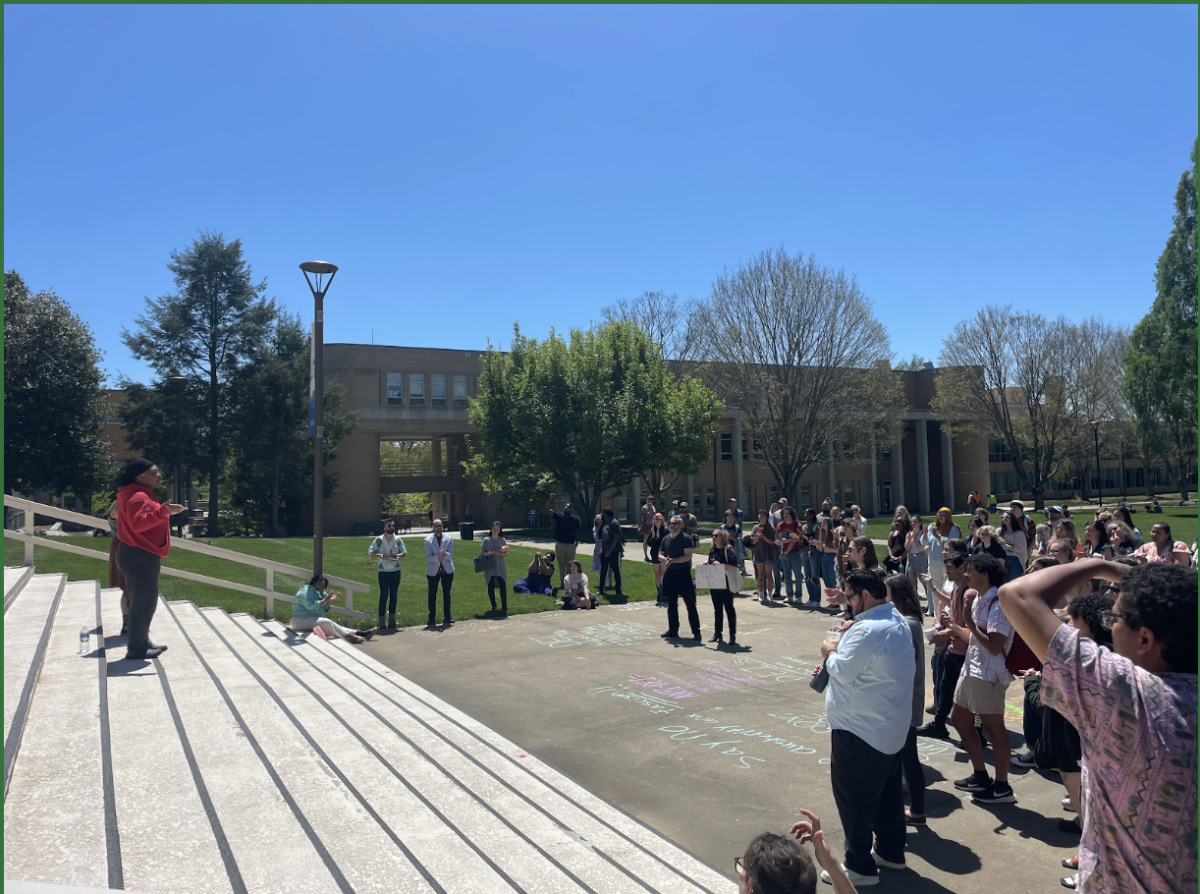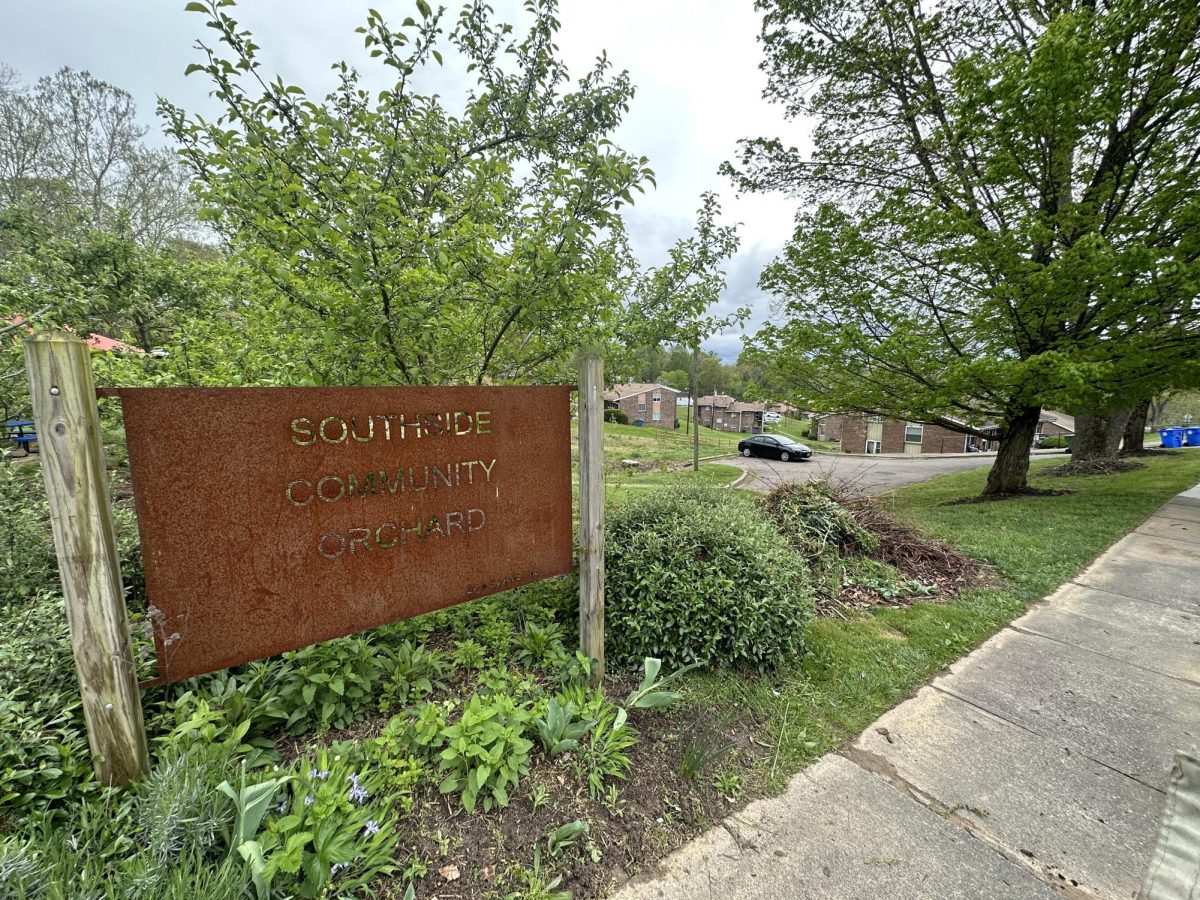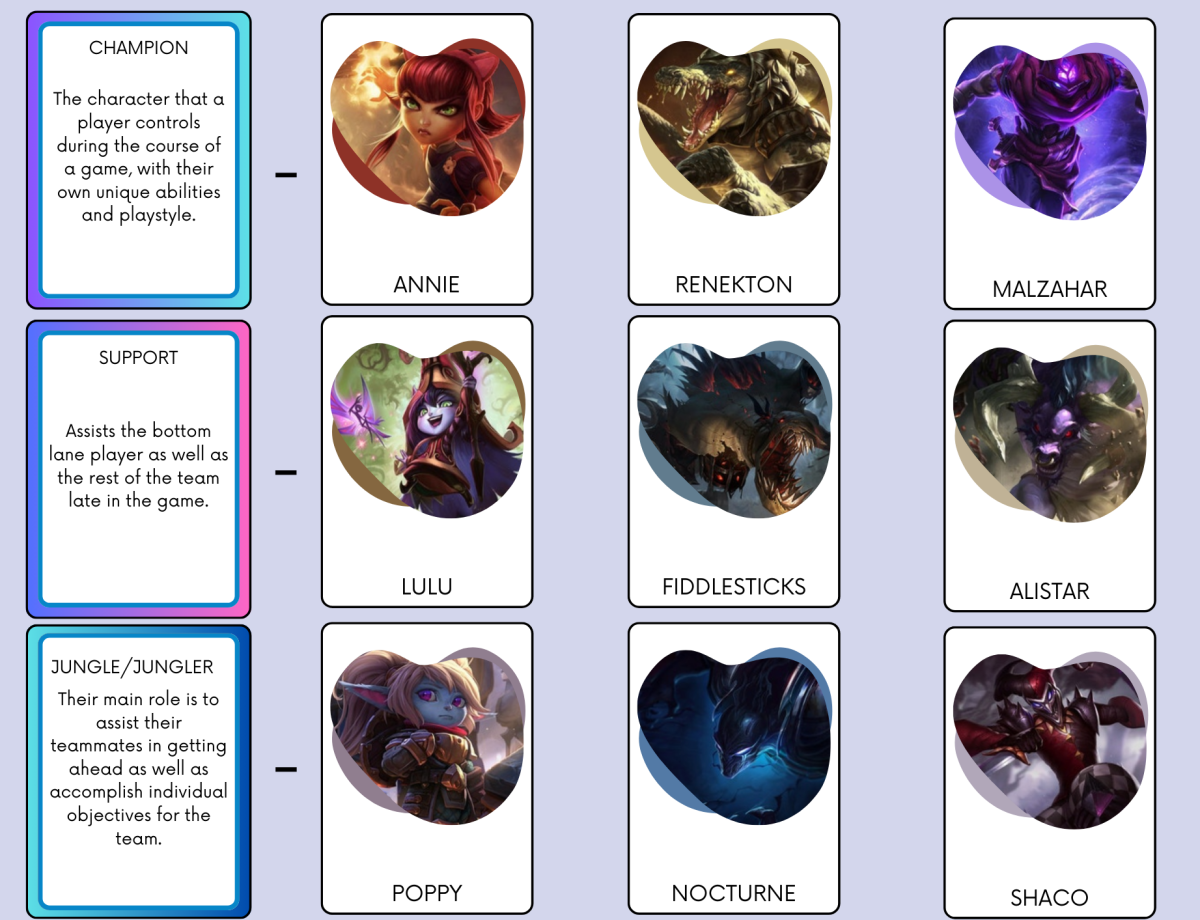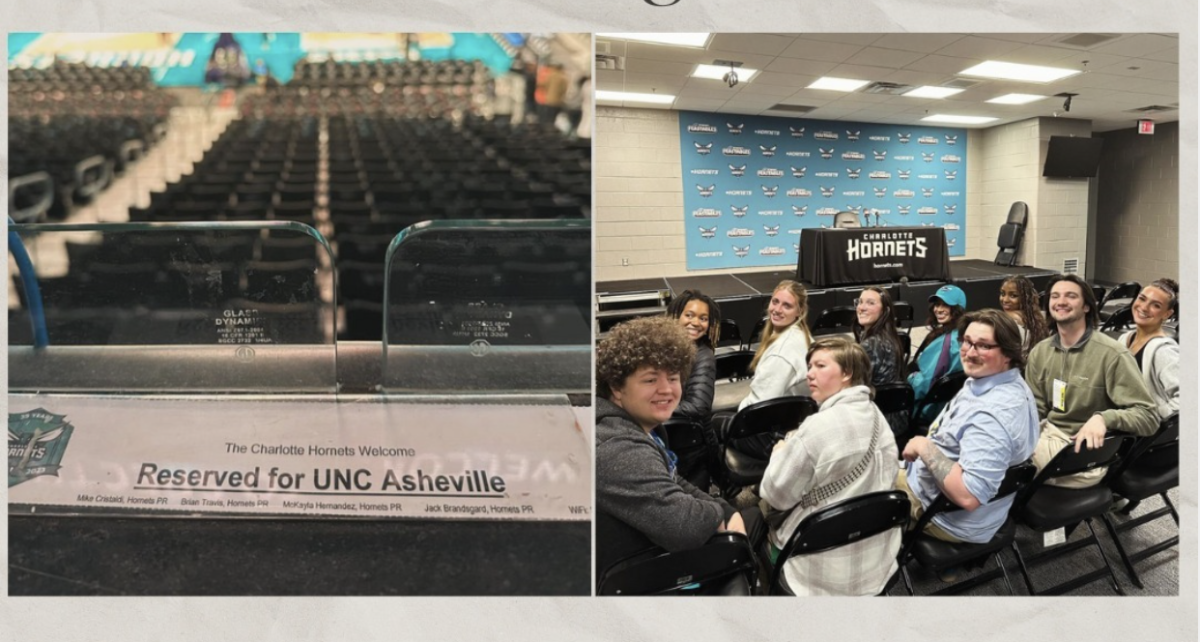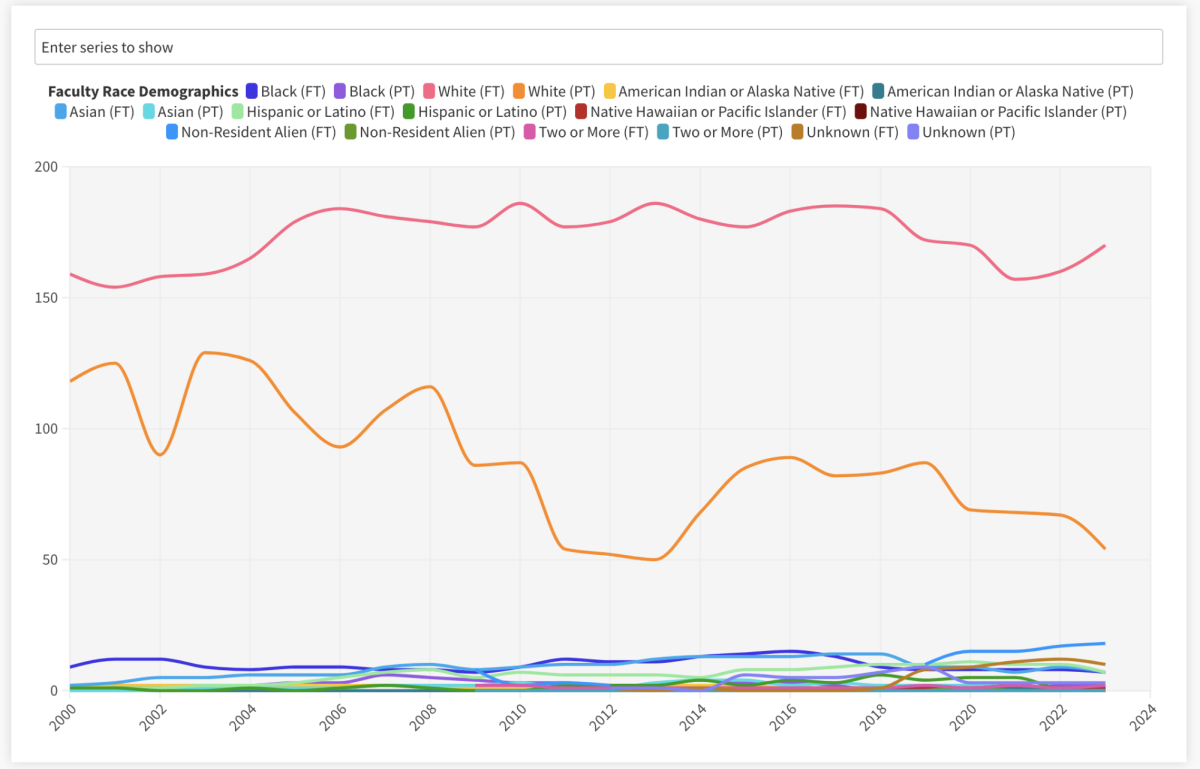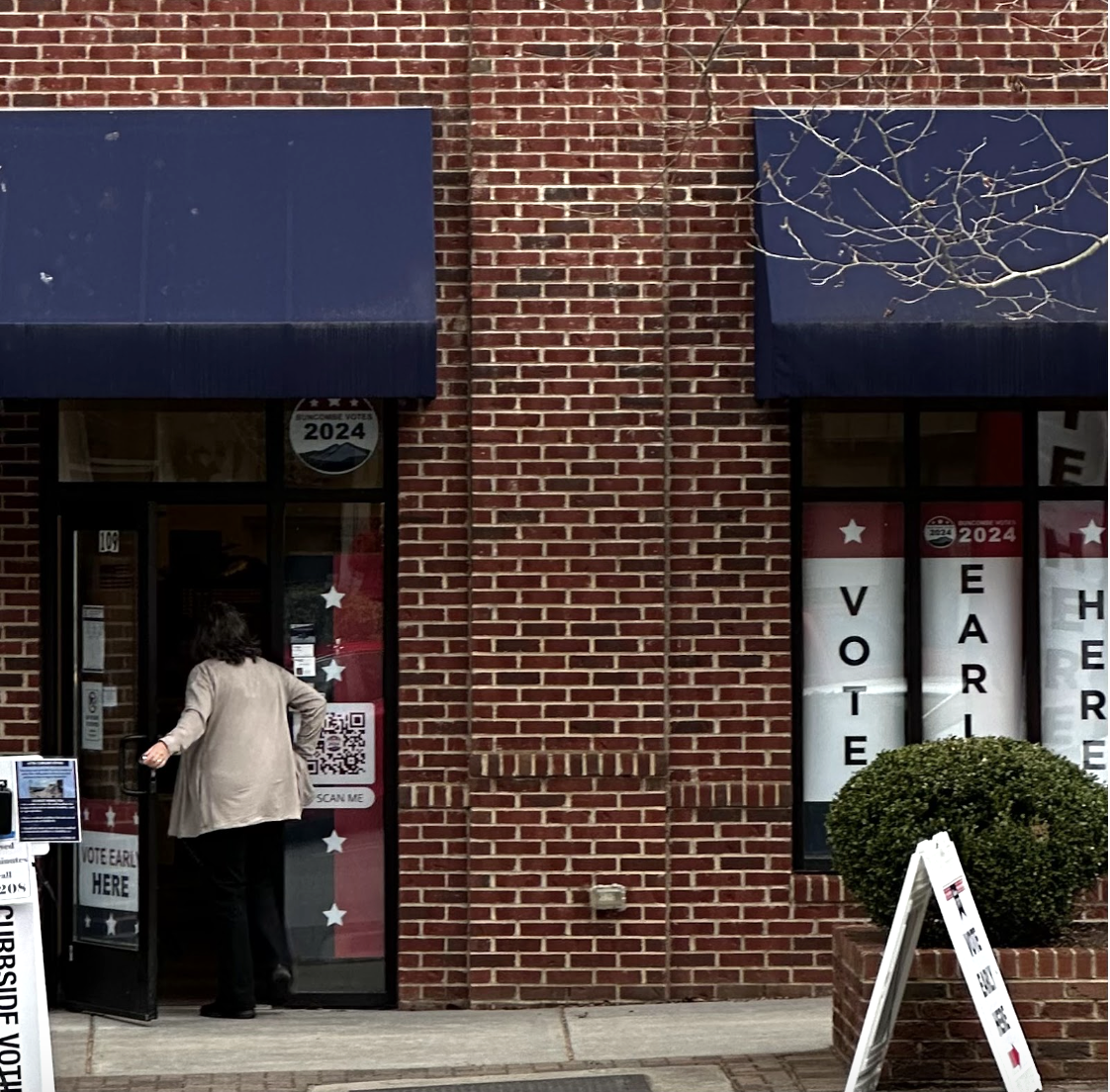Laura Browne
Editor-in-chief
Areas struggling with new projects designed to end homelessness can receive less funds for future new projects, according to Asheville city government officials.
“It’s frustrating. It’s just tremendously frustrating,” said Brian Huskey, community development analyst for the city of Asheville. “It’s frustrating in that it’s kind of like a chicken and egg. It’s like well, ‘How are we going to get more people housed unless we have the rental subsidy and supportive service and of course more available units?’ How are we supposed to improve that if we don’t have the resources that we need to improve it?”
According to Huskey, Buncombe County has struggled recently to obtain adequate funding for new projects devoted to permanent housing, ongoing rental assistance for at need individuals and case management.
“It’s not necessarily losing funding, it’s losing opportunities for new projects to get funded. It’s a really complicated formula, but we see it in our inability to get new projects funded in particular over the past three or four years,” Huskey said.
Funding for projects comes from Housing and Urban Development which divides funds among two tiers. The first tier designates funding for renewal of previous projects while the second tier’s funding becomes dedicated to new projects, Huskey said.
Funding from HUD gets divided into 407 geographical sections known as a continuum of care. Twelve COCs exist in North Carolina.
“The goal in that is to really look at our community as a system as a whole so looking at individual service providers, so agencies that provide shelter or housing or other services, kind of looking at those as a collective, that’s what the continuum of care is,” said Emily Ball, homeless services systems performance lead for the city of Asheville. “So from HUD’s perspective, they don’t want to fund individual organizations, they want to fund the community to let the community figure out which pieces are most essential and at what level, and so how can we be most strategic in our resource allocation so that we move the needle on homelessness.”
Ball compared fund allocations for the continua of care to fund allocations for the University of North Carolina system.
“Maybe think of it as analogous to a university,” Ball said. “If you think about UNCA as a component of the North Carolina university system but UNCA is its own closed system within that larger system, the continuum of care is like that. And also at UNCA they’re thinking about: ‘How do we recruit enough students, how do we retain our students, what kind of outcomes do we want our students to have?’ That kind of concept is the same thing as the continuum of care concept. And then there is also a significant grant portion.”
Of the 12 North Carolinian COCs, Buncombe county makes up one due to its population and the larger municipal Asheville area, according to Ball. Therefore, any allocations for Asheville’s local COC will stay within Buncombe County.
“It’s the way HUD grants money across the country is to the continuum of care, and often it’s kind of population oriented. So larger municipal areas might be their own continuum of care and then rural areas might come together as a larger continuum of care,” Ball said.
According to Huskey, data remains the key to accessing funding for homelessness initiatives, management and proper recording of the homeless community in Buncombe County can aid in these projects designed to stop homelessness even without extra money, Ball said. Still, she emphasized the need for more funds in order to provide adequate housing and support for the homeless community.
“We certainly want to improve our community’s performance, and there are some ways we can do that without additional resources,” Ball said. “We can do a better job of data management, for example. That doesn’t take more money, it just takes people being willing to do it. But we literally cannot house more people unless we have the money to do that. So that is challenging to try to improve some of those outcomes without having the pieces that are just essential in order to do that.”
As homelessness remains a major problem nationwide and that funding relates directly to past performance, Huskey said access to money for these projects is extremely competitive.
“I hate to say it, but it’s very data driven and there are 407 continua of care across the country, and it’s competitive funding so the better performing communities are the ones more likely to get funding for new projects,” Huskey said.
To apply for funding for both tiers of projects targeting homelessness, each continuum of care must fill out a standard consolidated application and receive scores based on how successful they were in the past year at implementing their projects, Huskey said.
“You get a score for each section of that particular application,” Huskey said. “There’s a lot of weight put around your system performance measures year over year. And if we’re not getting more people into permanent housing, if were not decreasing the number of people who become homeless for the first time, if we’re not decreasing the length of time homeless, projects that get ranked in that second tier of funding that aren’t all renewals — we want to always make sure we get our renewals fully funded if we possibly can — anything that’s below that line unless your score exceeds a certain threshold, you just won’t be able to get those second tier projects funded.”
In 2019, a total of seven tier one projects were renewed, according to that year’s consolidated application. Out of the seven renewal projects, Buncombe County received the average score of 195 out of the possible 200 points, meaning 2019’s renewal projects were fairly successful.
In turn, Buncombe’s continuum of care received $1,167,694 total in funding from HUD to continue to renew the tier one projects for the upcoming year.
According to the 2019 consolidated application, all tier two projects received a total of 185 points out of the possible 200 points. These points guaranteed $131,941 for the new tier two projects.
In 2019, no projects were denied or reduced by HUD.
According to Robert Stevenson, city outreach case manager at AHOPE, the money to reduce and potentially eradicate homelessness exists, but there doesn’t seem to be a unified vision on how to use all that money throughout the city and non-profit agencies.
“It seems to me that the issue in terms of funding is actually not so much one of, ‘Well the federal government won’t give us money,’ it’s that we as a community come together and have a cohesive plan for what we want to do with that money,” Stevenson said.
